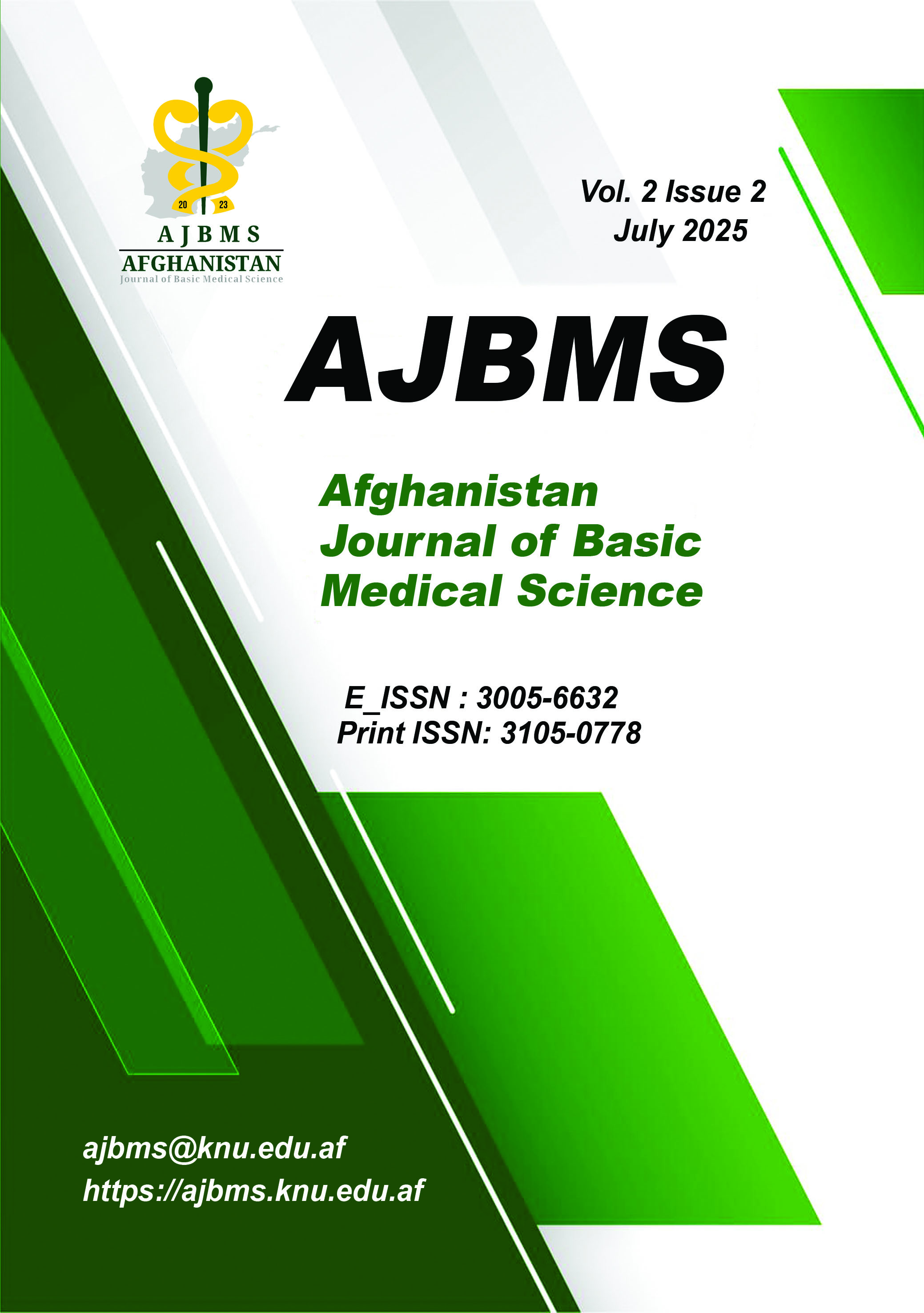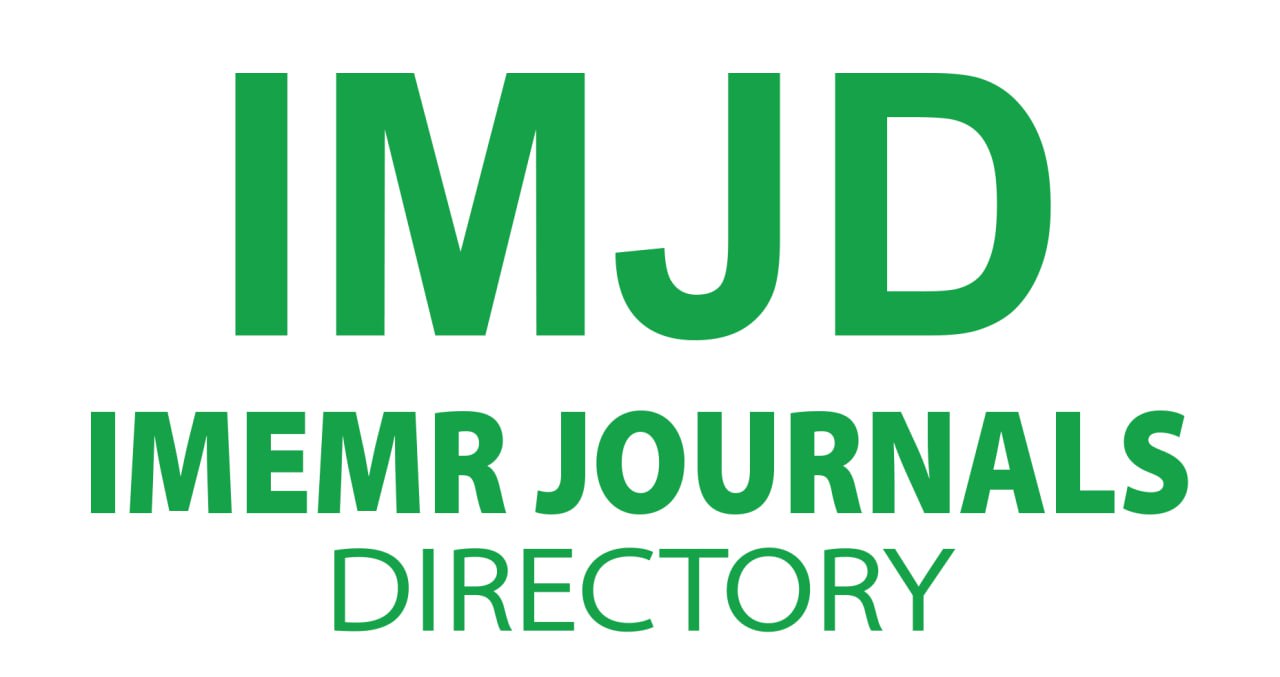Awareness of Lung Cancer and Associated Factors among Public Health Students at Kabul University of Medical Sciences, Afghanistan: A Cross-Sectional Study
DOI:
https://doi.org/10.62134/khatamuni.82Keywords:
Lung cancer awareness, Risk factors, Afghanistan, Medical studentsAbstract
Background: Lung cancer is the leading cause of cancer-related mortality worldwide, imposing a significant burden on low- and middle-income countries, including Afghanistan. Contributing factors include aging populations, tobacco use, and other high-risk behaviors. We aimed to assess lung cancer awareness and associated factors among public health students at Kabul University of Medical Sciences.
Methods: A descriptive cross-sectional study was conducted among 167 students between Oct and Dec 2024 using a multi-stage stratified sampling method. Data were analyzed using SPSS. Descriptive statistics summarized demographics and awareness levels, and chi-square tests assessed associations between awareness and demographic variables, with a significance threshold of P<0.05.
Results: Out of 167 distributed questionnaires, 164 were completed (response rate 98.2%). Most participants (62.2%) were aged 21-24 yr. A majority (80.5%) demonstrated good awareness of lung cancer risk factors, with 98.2% identifying smoking and 76.2% identifying passive smoking as key risks. Awareness of occupational exposures (63.4%) and dietary risks (68.9%) was moderate. No statistically significant associations were observed between awareness and demographic variables such as age (P=0.439), year of study (P=0.415), or economic status (P=0.91).
Conclusion: While students exhibited high awareness of smoking-related risks, gaps remained in recognizing less-discussed risk factors and symptoms. These findings highlight the need for targeted educational interventions to address knowledge gaps and promote preventive health behaviors among students.
Downloads
Published
How to Cite
Issue
Section
Categories
License
Copyright (c) 2025 Afghanistan Journal of Basic Medical Science

This work is licensed under a Creative Commons Attribution 4.0 International License.









